The Independent's journalism is supported by our readers. When you purchase through links on our site, we may earn commission.
San Jose city guide: Where to eat, drink, shop and stay in Costa Rica’s capital
Often overlooked by visitors, this city is upping its game
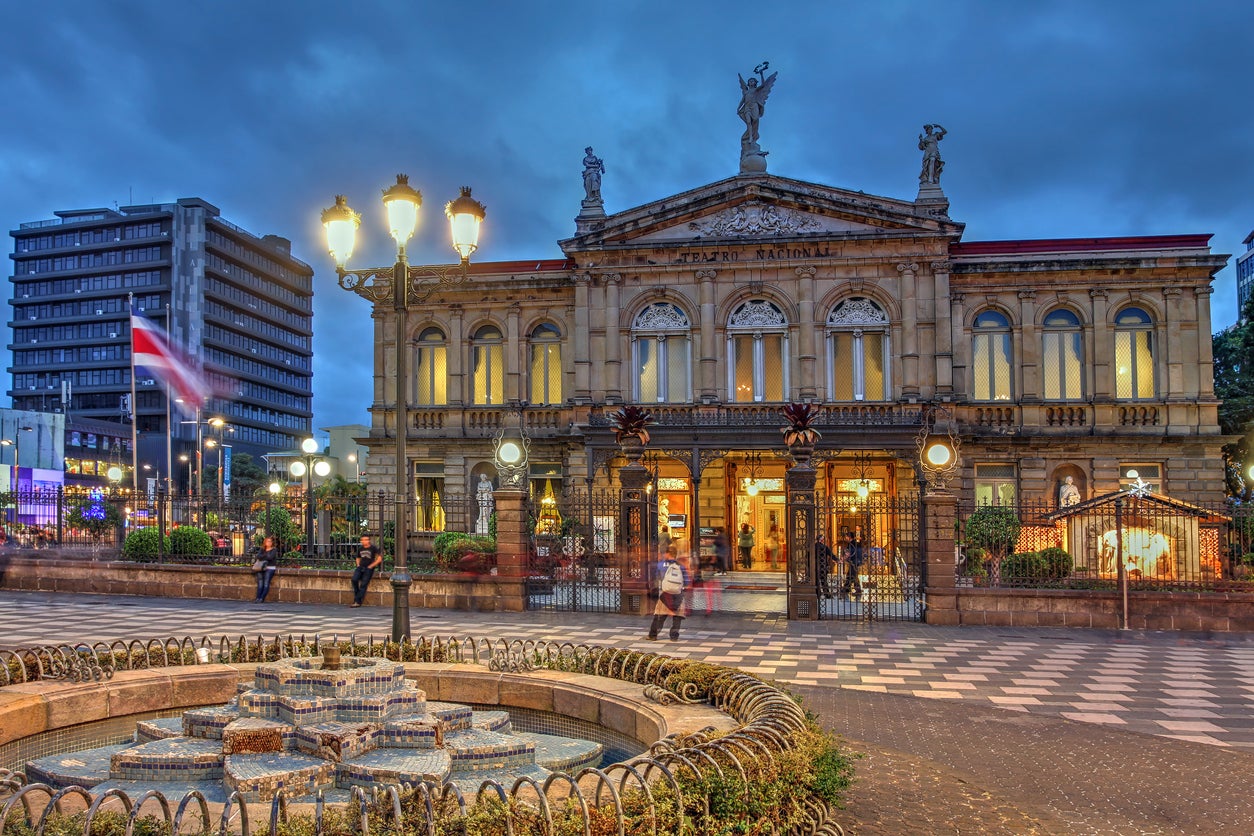
Most people who come to Costa Rica know the way to San Jose. But relatively few take the time to actually get to know the capital city, instead flocking straight to the national parks.
Those who do make the effort are rewarded with striking neoclassical architecture, dimly lit jazz bars and a fresh, exciting food scene.
With a growing number of tours available – mostly driven by locals keen to show off their beloved city – San Jose is finally getting the chance to display its best side.
The Independent’s hotel recommendations are unbiased, independent advice you can trust. On some occasions, we earn revenue if you click the links and book, but we never allow this to affect our coverage.
What to do
On your bike
It might not seem like a biking city, with its undulating, traffic-heavy streets, but exploring San Jose on two wheels is the best way to get a feel for the local topography and history. Chepecletas, named for San Jose’s local moniker, “Chepe”, began as an underground group, organising night-time bike rides through the city streets. Now the company offers official two-hour cycling tours, costing around $40 (£30).
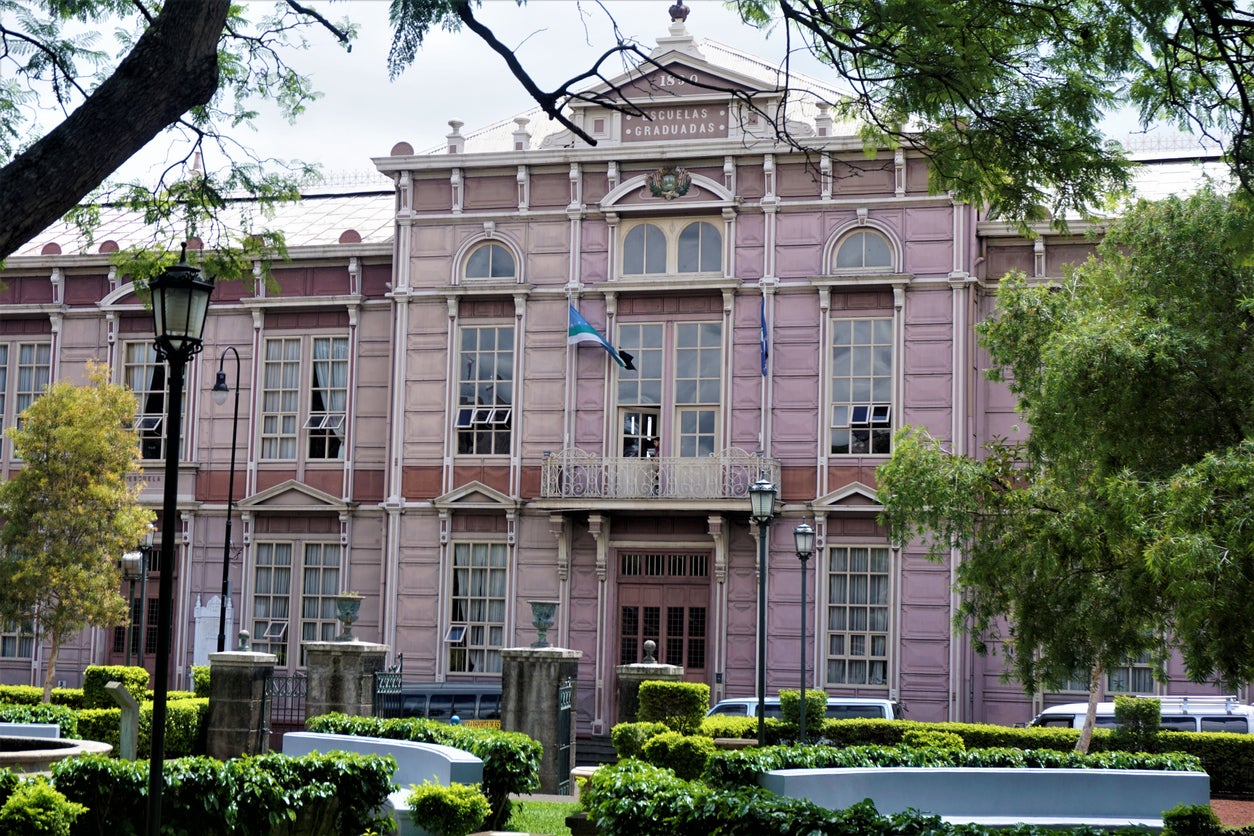
Pedal past street art murals, explore green spaces including groomed Morazan Park, and gawp at Escuela Buenaventura Corrales, known as the “Heavy Metal School”. This imposing, late 19th century building is built entirely from iron and painted a dusky pink.
Strike gold
The Pre-Columbian Gold Museum occupies a subterranean, inverted pyramid, tucked beneath Plaza de La Cultura, a popular public square. Inside is an incredible collection of gold artefacts and pre-Columbian figurines, alongside ethnographic exhibits focusing on Costa Rica’s indigenous people, who now make up just 2 per cent of the population. Entry $9 or around 5,400 colones (£7).
A walk in the park
Locals compare La Sabana Park to New York’s Central Park. It isn’t quite so impressive, but the city’s largest green space is a refreshing escape from the busy streets. Native trees, planted to attract more birdlife, line the paved paths, which also weave past the curved National Stadium.
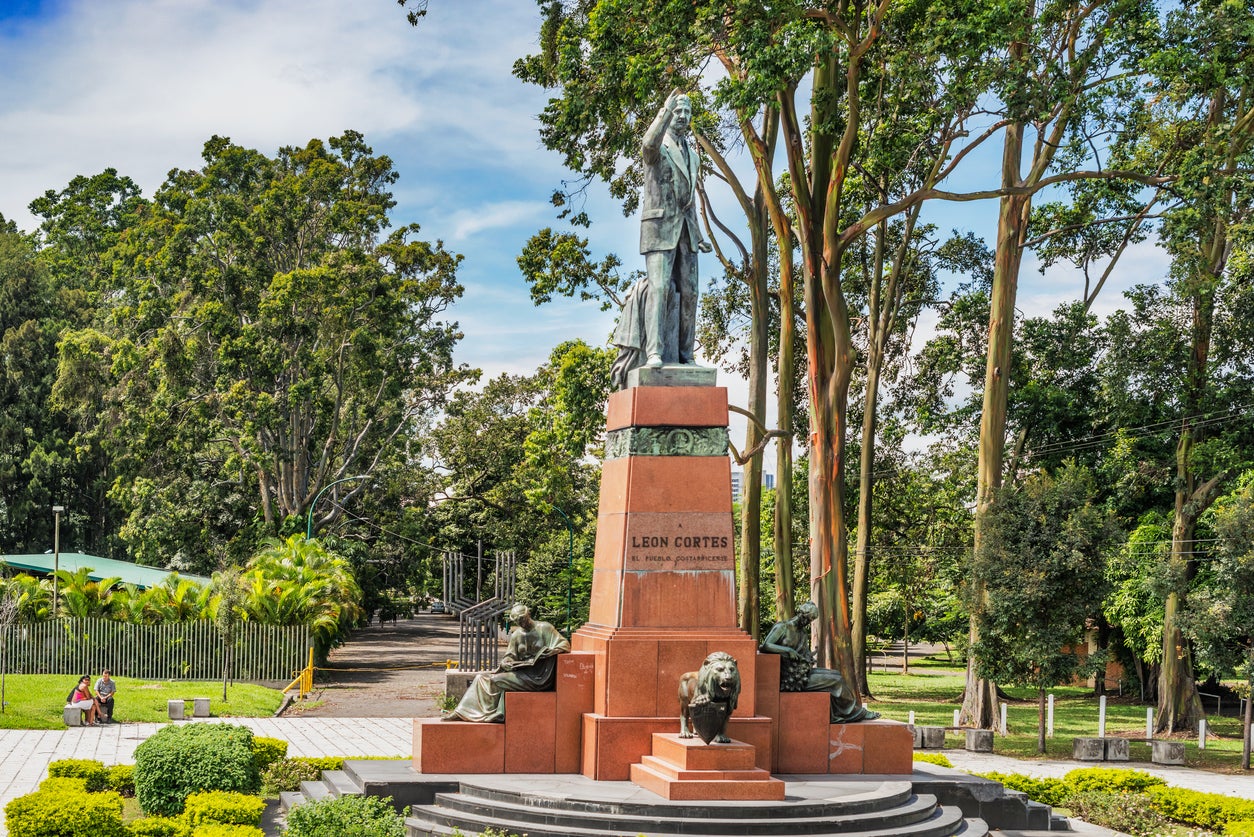
You can rent pedal boats on the large, central lake, or pop into The Museum of Costa Rican Art, on the eastern edge of the park. The building was the city’s international airport terminal until 1955. It’s free to enter and view works by Costa Rican and Latin American artists, before exploring the modern sculpture garden.
San Jose for beer lovers
Carpe Chepe runs a specialised craft beer hop around some of the city’s best bars, $40 (£32). The stops vary but tend to include places in or around Barrio Escalante, where the scene is most dynamic. The walking tour, led by a craft beer expert, includes tastings and food pairings at four pubs.
Where to stay
One of the city’s most prestigious addresses is the Gran Hotel Costa Rica, which reopened in the summer of 2018 after an extensive overhaul. The 1930s building, next to the National Theatre, has an illustrious history – JFK stayed here in March 1963. Now part of the Hilton Curio Collection, the rooms are suitably elegant yet cosy. Doubles from $208 (£160), room only.
Also in an enviably central location, Hotel Grano de Oro drips with old-world elegance. You can hear it in the trickling water features that dot the plant-filled lobby and grace the indoor patios of the best rooms. Its restaurant, in an inner courtyard with sunken bar, is always busy, mostly with locals celebrating special occasions with impeccable French-Mediterranean food. Doubles from $195 (£150), room only.
A little further away from the action, but still walkable, Hilton Garden Inn San Jose La Sabana has bright, modern rooms inside a soaring tower. Ask for one overlooking La Sabana Park. The pool, jutting from one of the higher floors, also offers glorious views. Doubles from $170 (£130), room only.
Where to eat
At Silvestre, chef-owner Santiago Fernandez Benedetto loves to play with his food, and his diners. The daily-changing tasting menu, served in a restored mansion in Barrio Amon, includes cheeky takes on “grandma’s cooking”, including a savoury amuse-bouche disguised as a traditional sweet, a deconstructed pork tamale, and minuscule versions of classic desserts hidden in masquerade dolls.
Sikwa, in Barrio Escalante, focuses exclusively on indigenous ingredients and recipes. Chef-owner Pablo Bonilla works with communities close to the Panamanian border, learning their techniques and sourcing ingredients to recreate dishes like chicken stew spiced with achiote (a red paste from the seeds of a native shrub) and smoked plantain ice cream.
In Rohrmoser, a posh residential district west of downtown, Furca is the place to eat and be seen. This chic restaurant, all dark wood, low lights and red leather chairs, focuses on farm-to-table food, and is a favourite for business lunches and lazy weekend grazing. Chef Marco Leiva is always happy to provide a tour of his kitchen garden, fragrant with chocolate mint and basil.
Where to drink
Costa Rica grows some of the finest coffee beans around, yet for decades its residents sipped “second class” java, as the best stuff was exported. Franco, in hip Barrio Escalante, is one of the cafes changing that. The owners of this open-fronted space work directly with Costa Rican growers to source top quality single-origin beans. Ask for a tasting to learn the best brewing techniques.
Just around the corner, El Jardin de Lolita is an outdoor food and drink market that draws young, dressed-up crowds. It’s a charming, higgledy-piggledy delight, with cocktail bars, gin joints, and street food stands dotted and tucked about the different levels. An amphitheatre area with cinema screen hosts regular movie showings.
For a little late-night swaying and head-bobbing, seek out El Sotano, a tiny bar tucked in the basement of an old mansion house in Barrio Amon, one of the city’s oldest neighbourhoods. There’s live jazz and blues most nights, and it’s invariably rammed.
Where to shop
Head to Mercado Central (Central Market) on Avenida Central, a pedestrianised street that dissects central San Jose. This historic market, established in 1880, is a maze of narrow alleyways lined with souvenir shops, stalls piled with native fruits and spices, and sodas (small restaurants) where locals sip coffee with an empanada or sweet coconut cake.
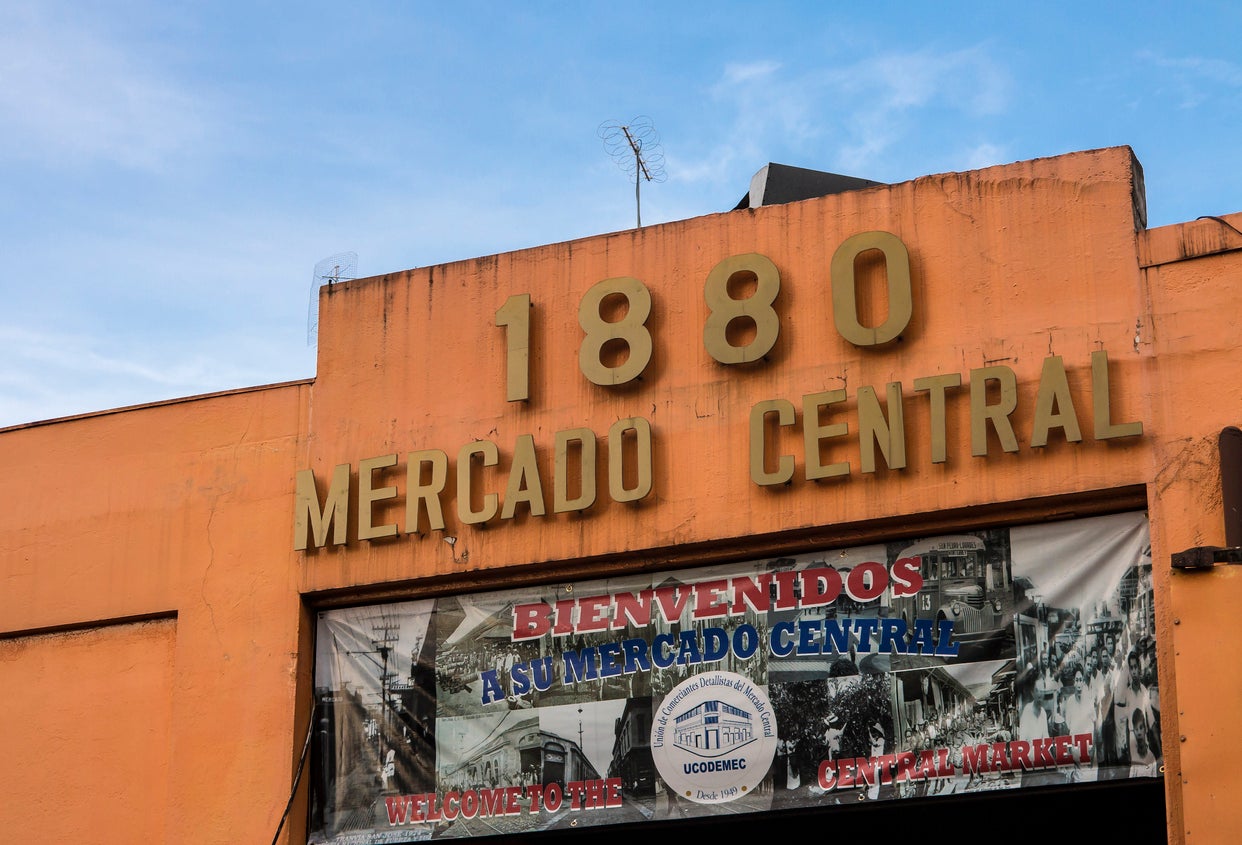
Browse stores selling woodwork and ceramics, then seek out Heladeria de Lolo Mora, a family-owned stall which has served the same single flavour of ice cream since 1901, infused with more than a dozen fragrant spices including cinnamon and clove.
Barrio Escalante is the place for independent, boutique-y stores. Casa Escalante has bold, quirky artwork, home decor and jewellery, while Kukara Makara and Holalola are fab for Costa Rican-made souvenirs.
Architectural highlight
Should anyone tell you San Jose isn’t pretty, just show them the National Theatre. Constructed in 1897, the grand neoclassical exterior is outshone by the ornate marble lobby. Crane your neck to admire ceiling frescoes including the “Allegory of Coffee and Banana”, infamous for numerous historical inaccuracies (including its depiction of coffee beans growing by the shore).
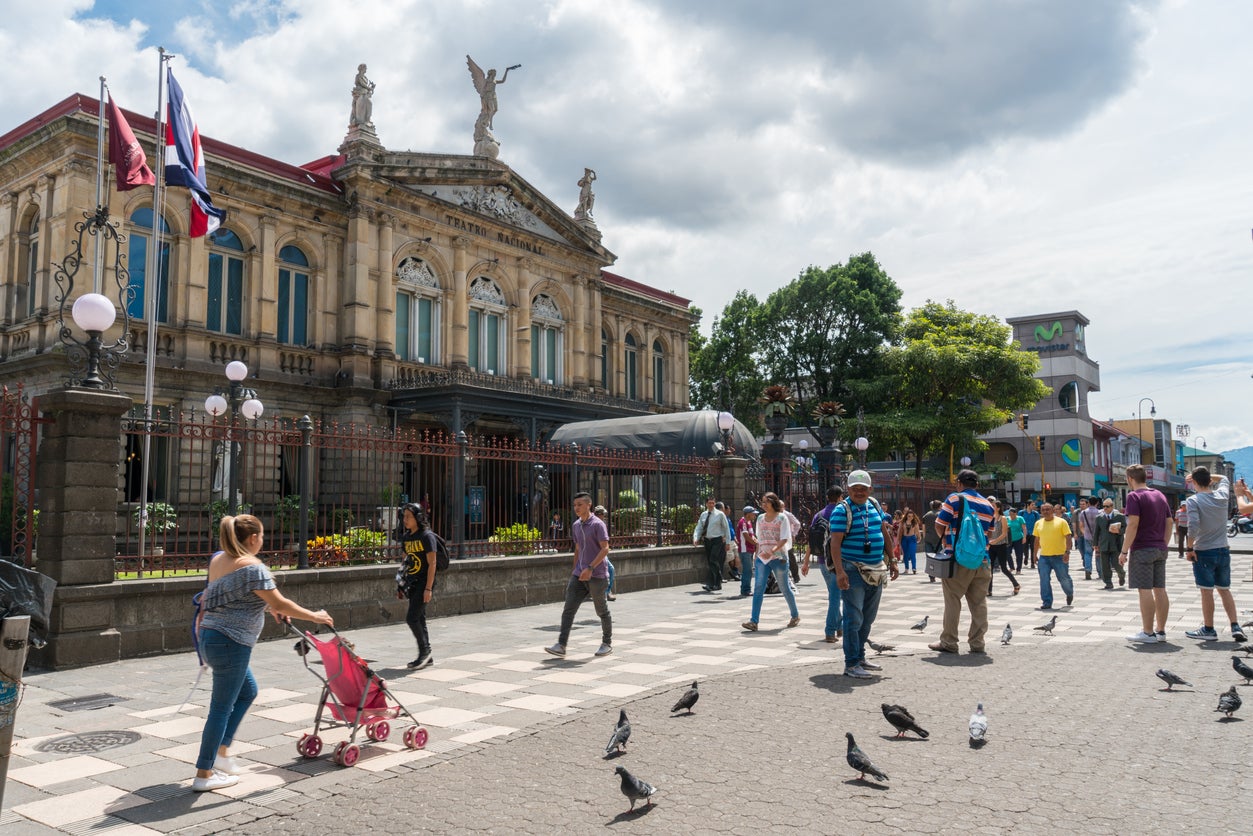
Nuts and bolts
What currency do I need?
Costa Rican colon (CRC); US dollars (USD) are also widely accepted and tours are usually priced in this currency.
What language do they speak?
Spanish.
Should I tip?
Restaurants are required to add a 10 per cent service charge to every bill, and no extra tip is expected. For guides, $10 or around 6,000 colones is standard.
What’s the time difference?
GMT -6, EST -3, PCT -0
What’s the average flight time?
Around 11½ hours from the UK and 5½ hours from New York.
Public transport
Local bus journeys cost from $0.40 or 240 colones, while Uber is cheap and reliable here.
Insider tip
The National Museum of Costa Rica has a butterfly garden in its inner courtyard, fluttering with blue morphos, distinguishable for their sapphire-and-jet-hued wings.
Join our commenting forum
Join thought-provoking conversations, follow other Independent readers and see their replies
Comments
Bookmark popover
Removed from bookmarks